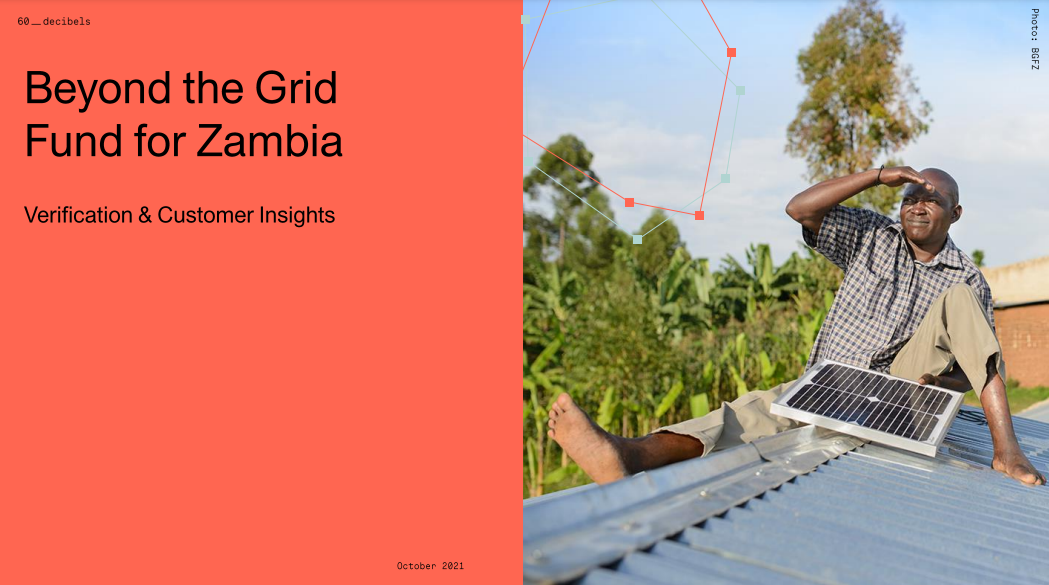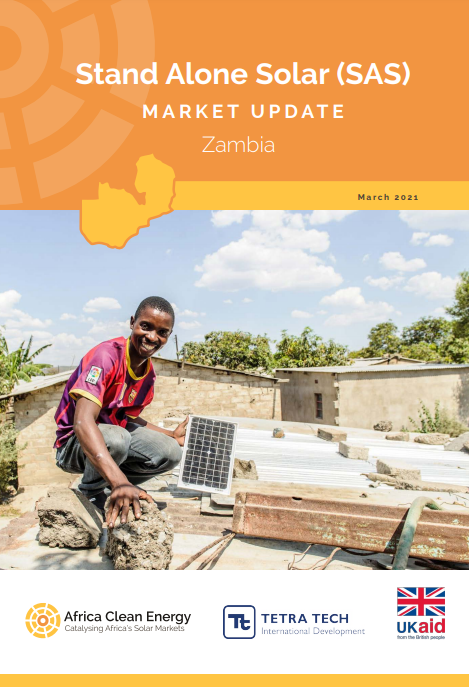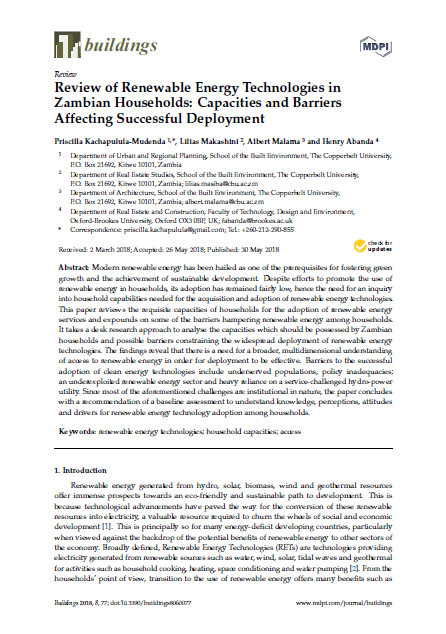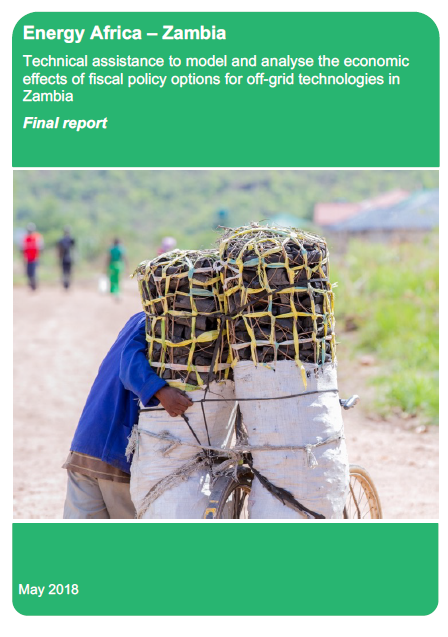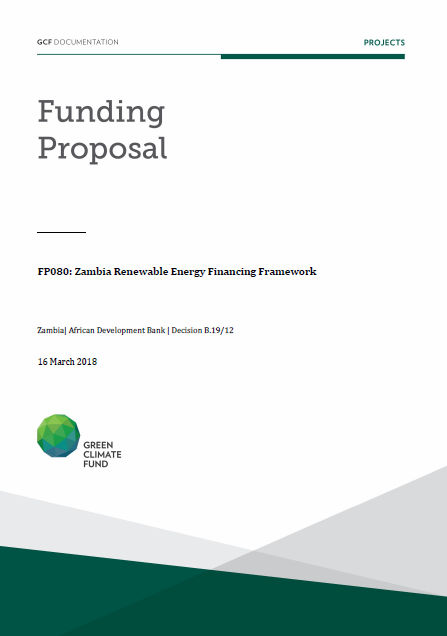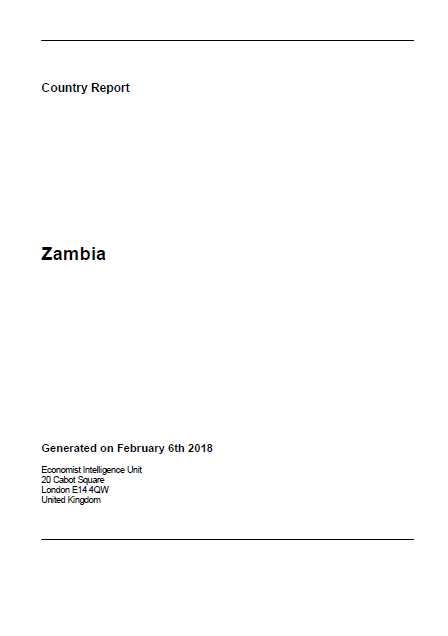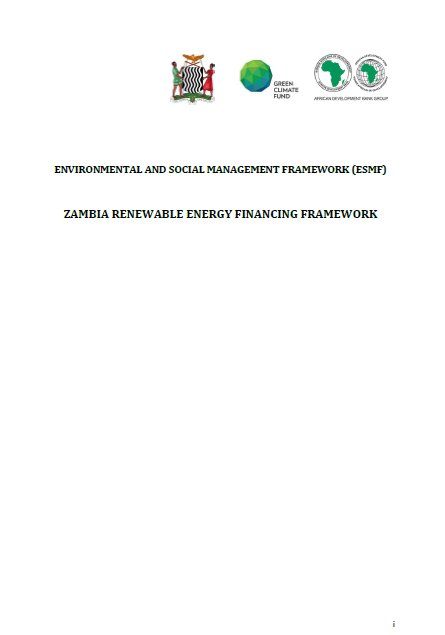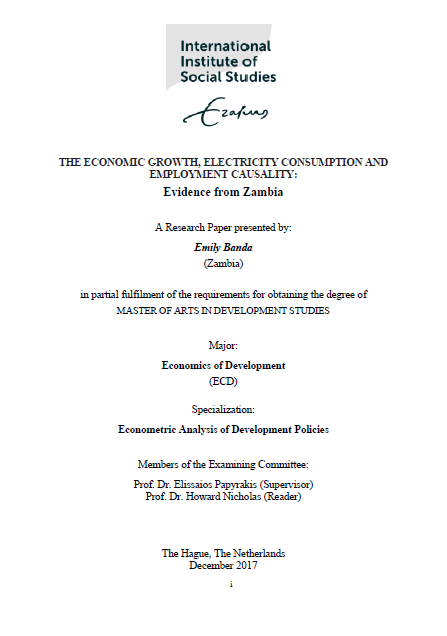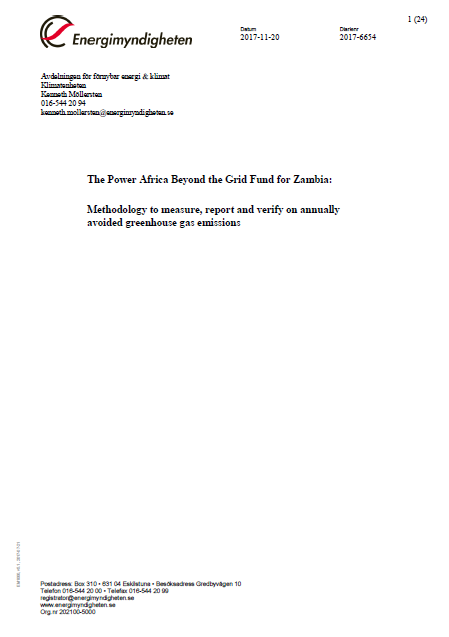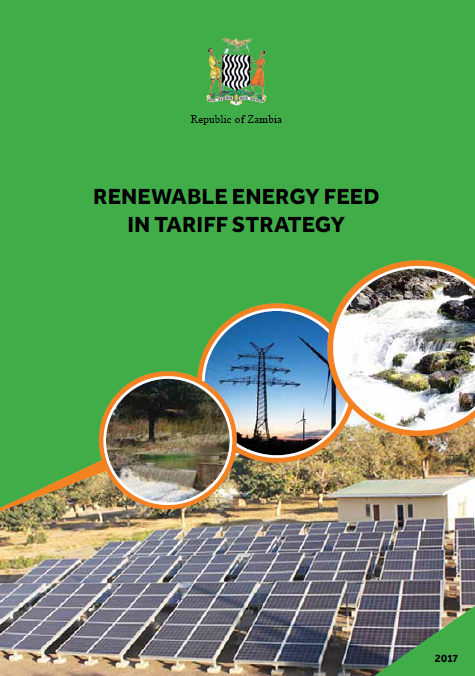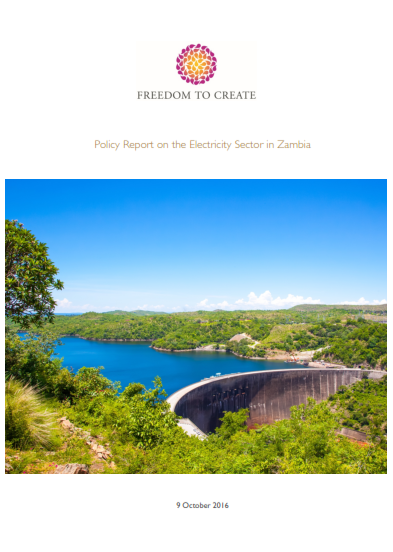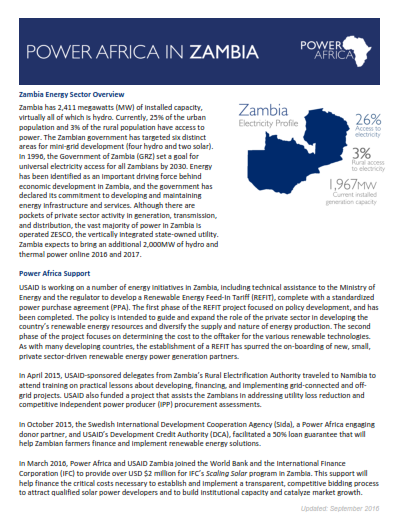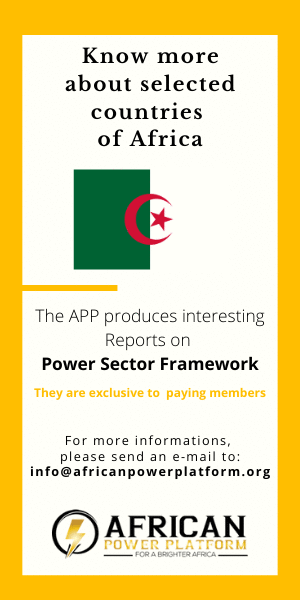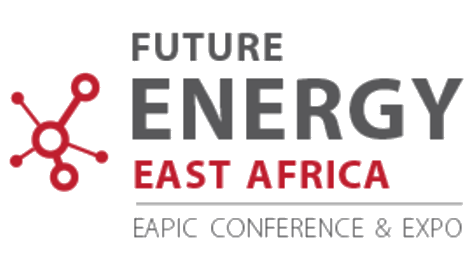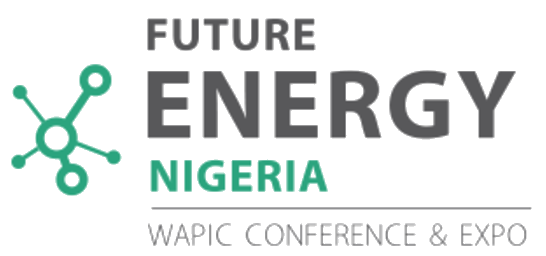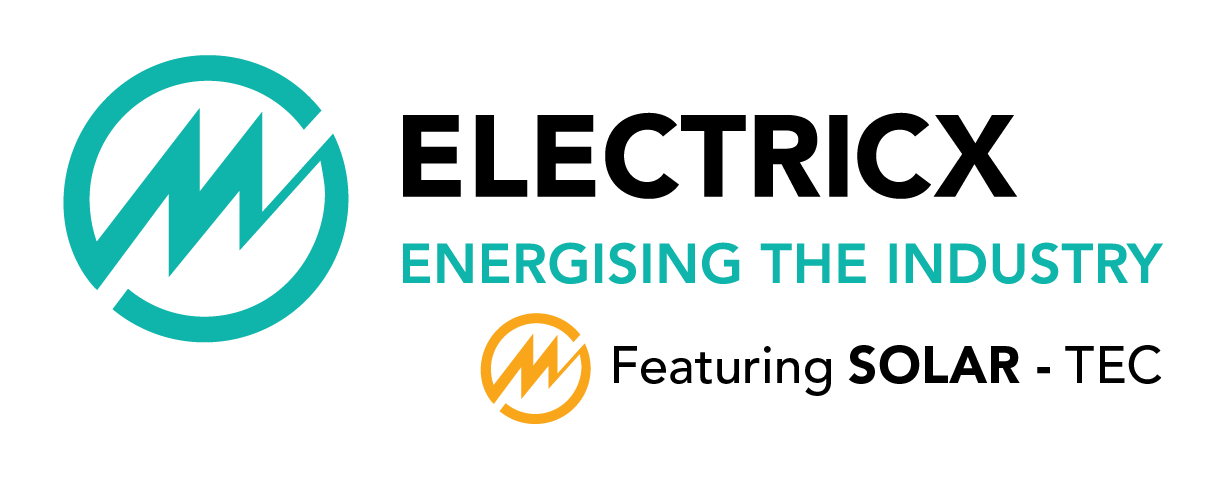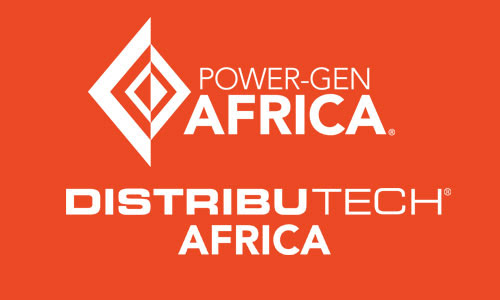We post here the relevant reports for the power sector in Zambia. Feel free to join our efforts and share us any other you may have found. We'd be glad to add them to the list. Just send an email to This email address is being protected from spambots. You need JavaScript enabled to view it.
Publication date: September 2024
Authors: CGIAR
Description: Global repercussions of climate change have continued to manifest throughout the world. There is information on seasons of drought existence, periods of flooding and higher temperatures characterised by wide occurrence and severity (Nicholls et al. 2012; Seneviratne et al. 2021). Global warming is caused by climate change, which affects both the structure of natural systems and human societies. Climate change causes changes in the regimes of various regions, creating more disasters such as droughts, high temperatures and floods, which are becoming increasingly frequent (Mukheibir and Ziervogel 2007, IPCC 2021). These events cause extreme hardship and even death, especially for the most affected groups (IPCC 2014). Low-income rural people face the effects of climate change most severely.
Download Report >>
Visit Website >>
Publication date: 8 July 2022
Authors: ACE-TAF, Power for All, Health Coalition of Zambia
Description: Only a third of the main health facilities in rural areas in Zambia have a functional connection to the grid. Therefore, the health care of more than 60% of the rural population is adversely affected. In this Action Plan, the Government of Zambia calls upon all stakeholders, including development partners and the private sector, to join its efforts to electrify the country's health facilities.
Download Report >>
Visit Website >>
Publication date: October 2021
Author: 60 Decibels
Description: Nefco commissioned 60 Decibels, a global, tech-enabled impact measurement company, to conduct an independent verification of the Beyond the Grid Fund for Zambia (BGFZ). In April 2021, the team completed over 600 phone surveys with randomly selected customers of four participating Energy Service Providers (ESP) across Zambia. In addition, for 12% of the total sample, 60 Decibels commissioned in-person surveys through a partner. The objective was to verify the Energy Service Subscriptions (ESS) offered by the providers under the fund and to capture customer insights, including profiles, feedback, impact, satisfaction and experience.
Download Report >>
Visit Website >>
Publication date: March 2021
Author: Tetra Tech International Development
Description: In Zambia, there is consensus that off-grid solar (OGS) solutions provide an untapped opportunity that can significantly contribute towards achieving the country’s electrification goals. An overall assessment revealed several gaps and limitations in awareness levels on the benefits of stand-alone solar (SAS) in the country. Furthermore, there were several identified challenges and barriers relating to the administration of solar energy solutions. These include, a perception of solar energy as an inferior source of electricity among some communities, lack of information on quality solar products, lack of information on how to use solar as an energy mix as well as general misapplication or misuse of solar energy systems.
Download Report >>
Visit Website >>
Publication date: March 2021
Author: Tetra Tech International Development
Description: To meet the country’s Vision 2030 electrification goal, the off-grid sector will play an important role in increasing access to 51 per cent in rural (currently 4.5 per cent); and approximately 90 per cent of urban (currently 66 per cent) of the Zambian population through a suite of solutions. While rural and peri-urban households seem aware of stand-alone solar (SAS) products and are in favour of their use, 61 per cent of unelectrified Zambians still cite the cost of solar home systems (SHS) as a barrier to purchase. This is despite other notable reasons for preference of SAS products including lower cost compared to electricity from ZESCO, which currently has 1.1 million connected customers.
Download Report >>
Visit Website >>
Publication date: 2020, January
Author: CUTS International
Description: Zambia needs to diversify its energy supply away from hydropower, but in the current fiscal context, there is little resource for public investment. With ZESCO heavily subsidizing electricity tariffs, consumers, businesses and the mines all paying below the unit cost for producing power and ZESCO is selling power at a loss. Low tariffs are dis-incentivising the muchneeded private investment in the energy sector as far as independent power companies are concerned. They will not make a return on their investment. In recognition of the challenges to the energy sector, and the impact this has on the wider economy, government committed to accelerate reforms that will ensure that the energy sector attains cost reflective tariffs.
Download Report >>
Publication date: 2018, July
Author: ERP
Description: The performance of the energy sector is mainly influenced by the performance in the oil, gas, coal, electricity and renewables sub-sectors. These are the sectors that drive the primary demand for energy products and services. Fundamentally, factors such as population, economic growth, price and energy efficiency improvements are integral in influencing energy demand.
Download Report >>
Publication date: 2018, May
Author: MDPI
Description: Modern renewable energy has been hailed as one of the prerequisites for fostering green growth and the achievement of sustainable development. Despite efforts to promote the use of renewable energy in households, its adoption has remained fairly low, hence the need for an inquiry into household capabilities needed for the acquisition and adoption of renewable energy technologies. This paper reviews the requisite capacities of households for the adoption of renewable energy services and expounds on some of the barriers hampering renewable energy among households. It takes a desk research approach to analyse the capacities which should be possessed by Zambian households and possible barriers constraining the widespread deployment of renewable energy technologies.
Download Report >>
Publication date: 2018, May
Author: RECP
Description: With a welcoming investment climate, a reputation for political stability, and a deepening national power crisis, Zambia is emerging as an attractive destination for entrepreneurs, venture developers, and investors seeking to launch commercially viable energy access businesses.
Download Report >>
Publication date: 2018, May
Author: Energy Africa / UKaid
Description: This report suggests a set of changes to the tax regime in Zambia that is pro-poor, creates better living and working conditions for women in particular and will serve to create jobs and support rural development.
Download Report >>
Visit Website >>
Publication date: 2018, April
Author: USAID
Description: At the request of the Zambian Ministry of Energy and the Rural Electrification Authority (REA), the United States Agency for International Development’s (USAID) Southern Africa Energy Program (SAEP) has developed a geospatial model that determines the least-cost electrification solution for each household in Zambia. The model shows that development of mini-grids and installation of solar home systems (SHS) can play a significant role in electrification and replace grid extension for a substantial portion of the rural population.
Download Report >>
Visit Website >>
Publication date: 2018, March
Author: GCF
Description: The Government of the Republic of Zambia (GRZ) aims at improving the conditions for renewable energy (RE) Independent Power Producer (IPPs) development and encouraging participation of private investors in the energy sector. The GETFiT (Global Energy Transfer Feed-in-Tariff) Zambia program, whose design has been supported by the KfW, aims to assist the GRZ in the implementation of its Renewable Energy Feed-in-Tariff (REFiT) Strategy officially launched in October 2017.
Download Report >>
Visit Website >>
Publication date: 2018, February
Author: The Economist
Description: The Economist Zambia Country Report.
Download Report >>
Publication date: 2018
Author: GCF / AfDB
Description: In support of the “Global Energy Transfer Feed-in Tariffs” (GETFiT) program, the AfDB proposes to provide debt financing to selected GETFiT projects co-financed by the Green Climate Fund, a pool of commercial banks, and the Zambian national pension fund. The GETFiT Zambia program is designed to assist the GRZ in the implementation of its recently launched Renewable Energy Feed-in-Tariff (REFiT) Strategy.
Download Report >>
Visit Website >>
Publication date: 2017, December
Author: Emily Banda
Description: In this study, the causal relationship between electricity consumption, economic growth, and employment for Zambia from 1974 to 2016 is examined using the cointegration techniques, Vector Error Correction Model (VECM) and Impulse Response Function (IRF). From our trivariate model, our results establish with new evidence the existence of cointegration amongst the variables. The results indicate the presence of a long-run cointegration relationship between economic growth, employment rate and electricity consumption in Zambia.
Download Report >>
Visit Website >>
Publication date: 2017, November
Author: Energimyndigheten
Description: Beyond the Grid Fund for Zambia (BGFZ) is a Sida-funded initiative for renewable energy investments outside the national power grid in Zambia. BGFZ aims to speed-up market access and market development, promoting the development of energy services targeted to poor consumers who already spend a high proportion of their disposable income on substandard forms of energy.
Download Report >>
Visit Website >>
Publication date: 2017, October
Author: Ministry of Energy
Description: The National Energy Policy (NEP) of 2008 seeks to ensure that the sector’s potential to drive economic growth and reduce poverty is harnessed. However, the NEP requires additional frameworks and strategies to impact specific developments in the energy sector such as increasing the uptake of renewable energy.
Download Report >>
Publication date: 2016, October
Author: Freedom to Create
Description: Zambia has experienced daily 8-hour power-cuts since July 2015. Low water-levels at the main reservoirs for hydroelectric generation have led to a power deficit of about one-third of electricity demand. With the country’s historically sufficient power supply, the sudden crisis has exposed low diversification of the fuel mix and caught households and businesses unprepared and without alternative or back-up sources of electricity supply. Left without electricity many households have reverted to charcoal for cooking, causing a spike in prices and accelerating the rate of deforestation. While only 22% of the population has access to electricity, the entire population has been affected indirectly through negative impacts on the economy and public infrastructure services.
Download Report >>
Visit Website >>
Publication date: 2016, September
Author: USAID
Description: USAID is working on a number of energy initiatives in Zambia, including technical assistance to the Ministry of Energy and the regulator to develop a Renewable Energy Feed-In Tariff (REFIT), complete with a standardized power purchase agreement (PPA). The first phase of the REFIT project focused on policy development, and has been completed. The policy is intended to guide and expand the role of the private sector in developing the country’s renewable energy resources and diversify the supply and nature of energy production.
Download Report >>
Publication date: 2016, July
Author: GIZ
Description: Zambia is currently facing a severe power crisis. Traditionally, electricity had been available in Zambia in abundance from amortized hydro-power plants at extremely low prices. In recent years, however, droughts have dried out many damns leading to severe restrictions of power generation capacity.
Download Report >>







